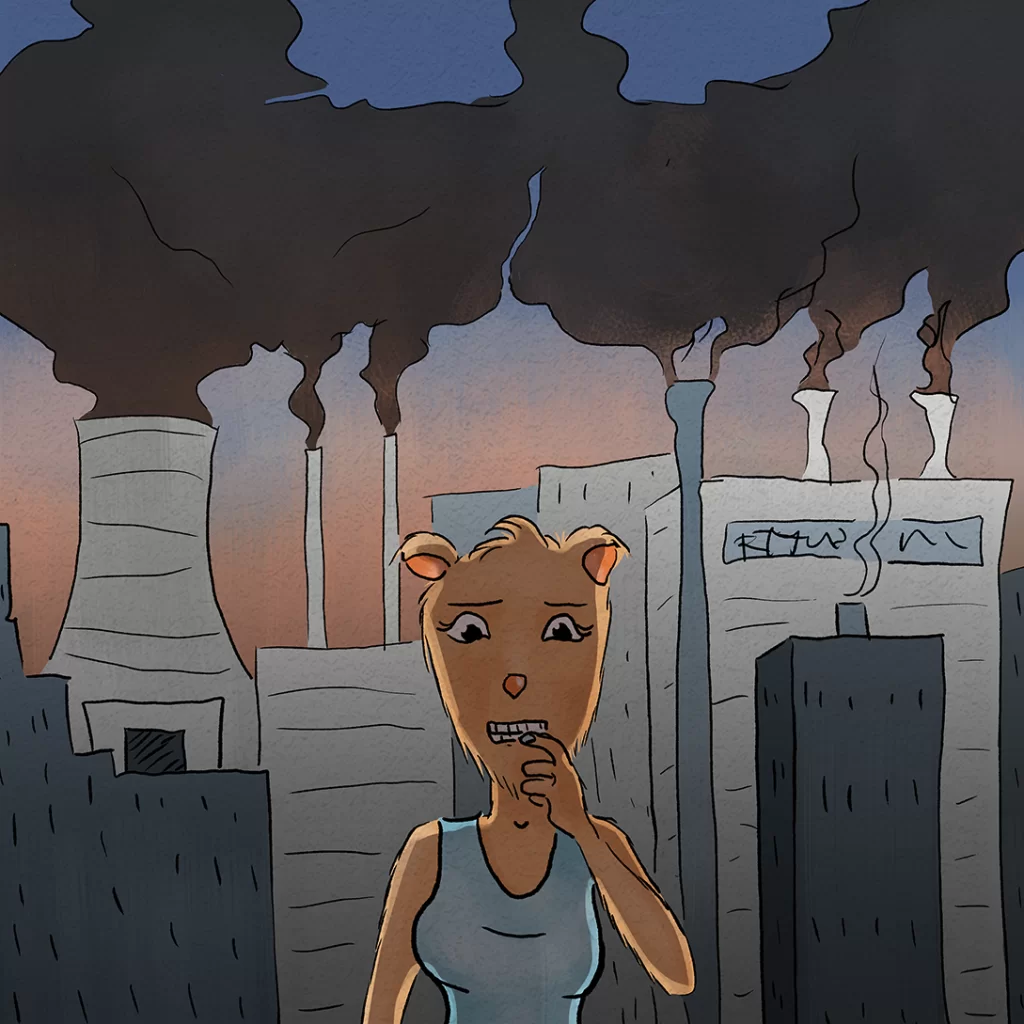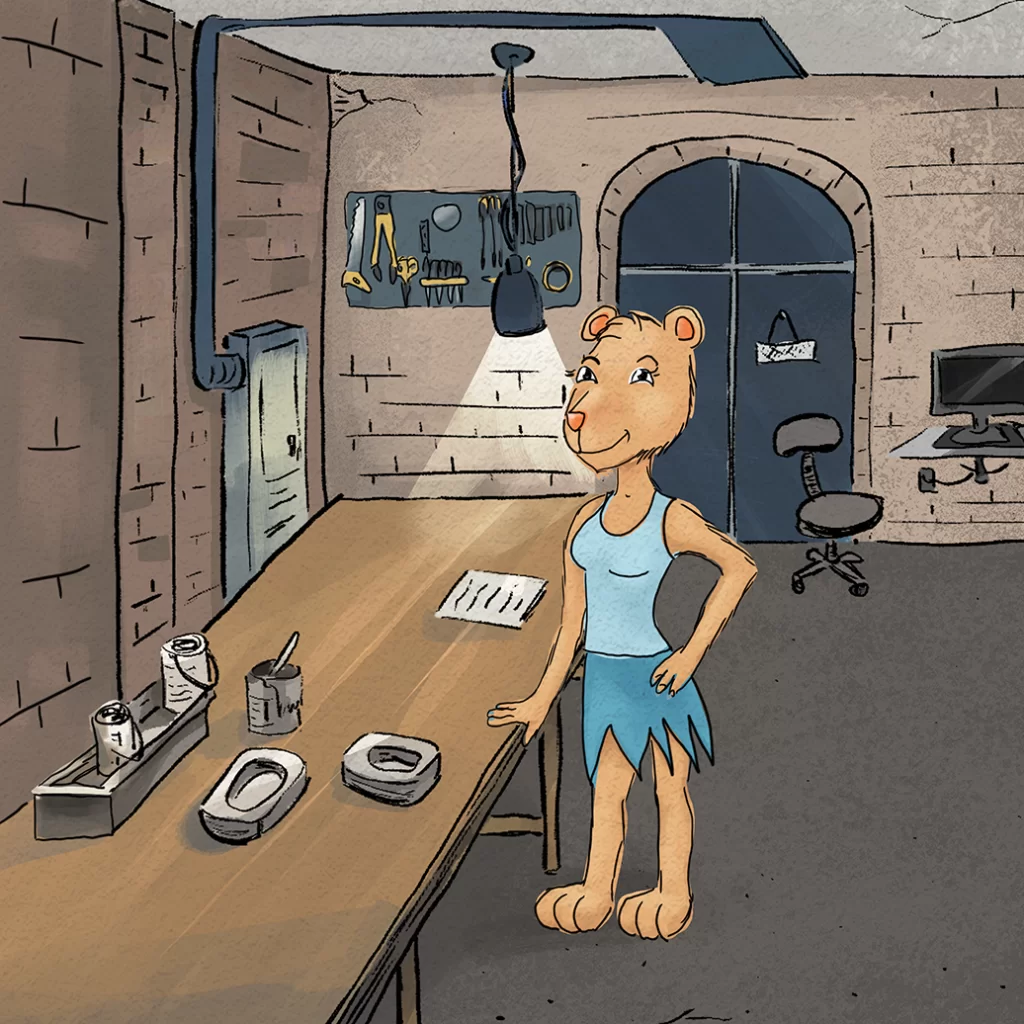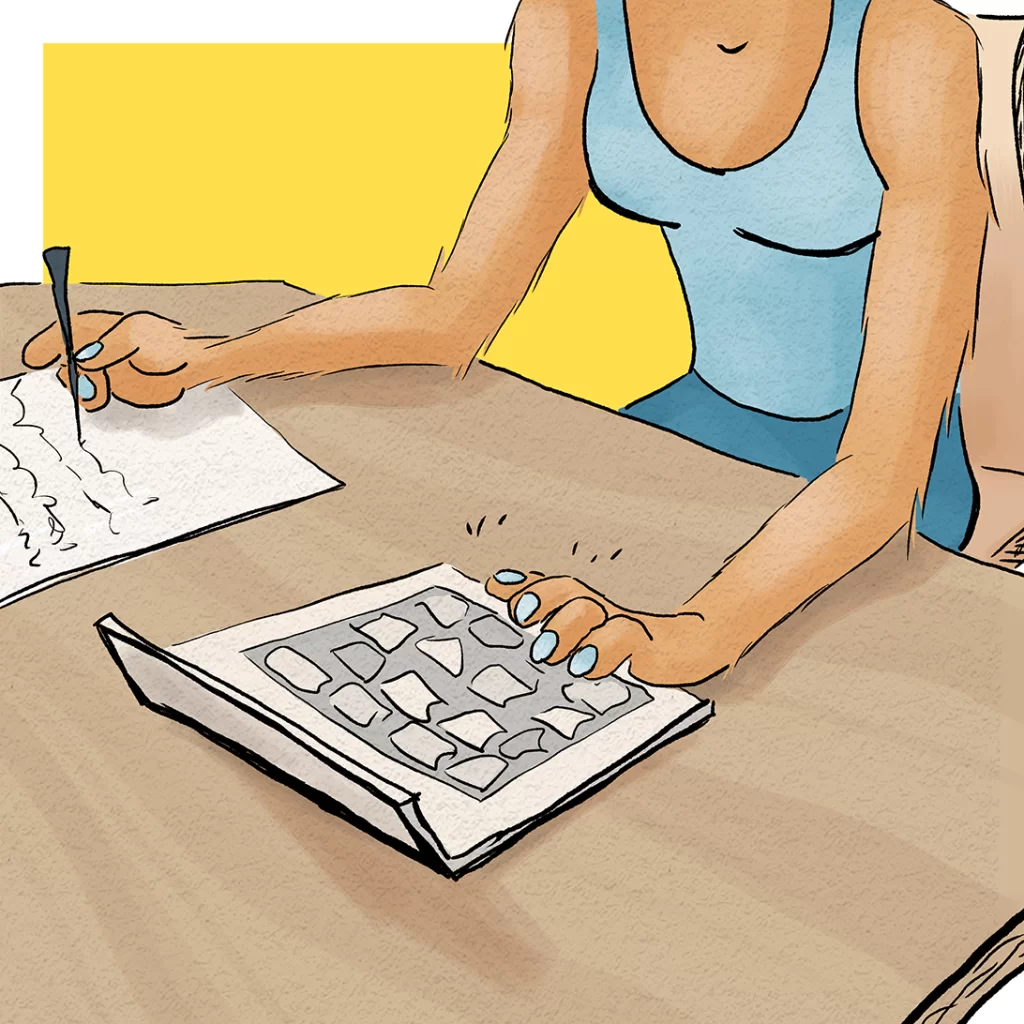
You want to make things. You want to sell things. But you don’t want to be responsible for environmental devastation. So what’s a regular small business owner to do?
Consider Sustainable Manufacturing
Everybody knows that making things has SOME environmental cost. But the majority of that cost comes from sources you might not expect!
Princess Capybara certainly didn’t know that….
If you’re a regular PCat reader, you know that Princess Capybara runs a small Maker business making and selling items molded out of concrete.

Things have been going well, and she’s recently expanded to a bigger workshop and hired more employees!
But…
(of course, there’s a but)
…
People are jerks online!
Princess Capybara’s new manufacturing facility attracted the attention of a local community group. (And not in a good way.) They asserted that her manufacturing facility was not environmentally sustainable, and they called for her to shut down her facility!!!
Princess Capybara was angry! Her Maker business couldn’t be the thing that was really responsible for global warming and the rest of it… could it?
So she spent a few hours researching. She found out that approximately ⅓ of carbon emissions are attributable to manufacturing, roughly ⅓ is attributable to transportation, and roughly ⅓ is attributable to buildings (heating, cooling, lighting, etc.)
Importantly, Princess also learned that most of the opportunity to reduce carbon footprints using existing technologies is in buildings and transportation.
Basically, this is because every manufacturing process is different, so improving the sustainability of each process requires new, custom-designed technology. While every commute and every building are also different, they’re… well, less different. So basically, there’s just more room for improvement with less investment of time, money, and other resources by simply having more buildings and transportation use existing green(er) technologies vs. what’s required to improve the environmental efficiency of every manufacturing process one at a time.
So Princess Capybara decided to clear the good name of manufacturing!
Princess C. used a bunch of FACTS to show those jerks on the Internet that she was RIGHT and they were WRONG!

…
Luckily, her friend Process Cat stopped by and was able to talk her off the Internet Flame War Ledge.

Because it’s not really the way to achieve sustainable manufacturing.
Deep down, Princess Capybara knew this. And deep down, she really did want to do the best she could to balance achieving her personal and financial goals for her business with minimizing damage to the environment. (Even more, than she wanted to “win” an argument with those Internet trolls!)
Fortunately, Princess was brave* enough to ask for help.

Anyway…
Process Cat convinced Princess Capybara to look at the facts she’d learned not as ammo but as information.
So the next morning she got up and crunched some numbers for sustainable manufacturing…

Yes, it turned out there were some very obvious and simple changes hanging right in front of her nose for sustainable manufacturing:
- Making some energy-efficient upgrades to her building (bonus: some of them gave her a tax credit!)
- Giving her employees incentives to walk or use public transportation, a viable option in New York.
- Letting her office employees work remotely at least one-two days per week (a viable option pretty much everywhere with a commitment to planning ahead and a little creativity!)
Weekly Challenge
Do you want to improve the carbon footprint of your making/manufacturing operation? We’ll cover some more manufacturing-specific strategies in the next few articles, but make sure you start with the “low-hanging fruit” by doing what you can to improve the environmental efficiency of your buildings and transportation use. (And try to ignore those Internet trolls!)
Come back next time to learn about Product Life Cycles!




